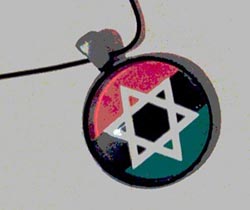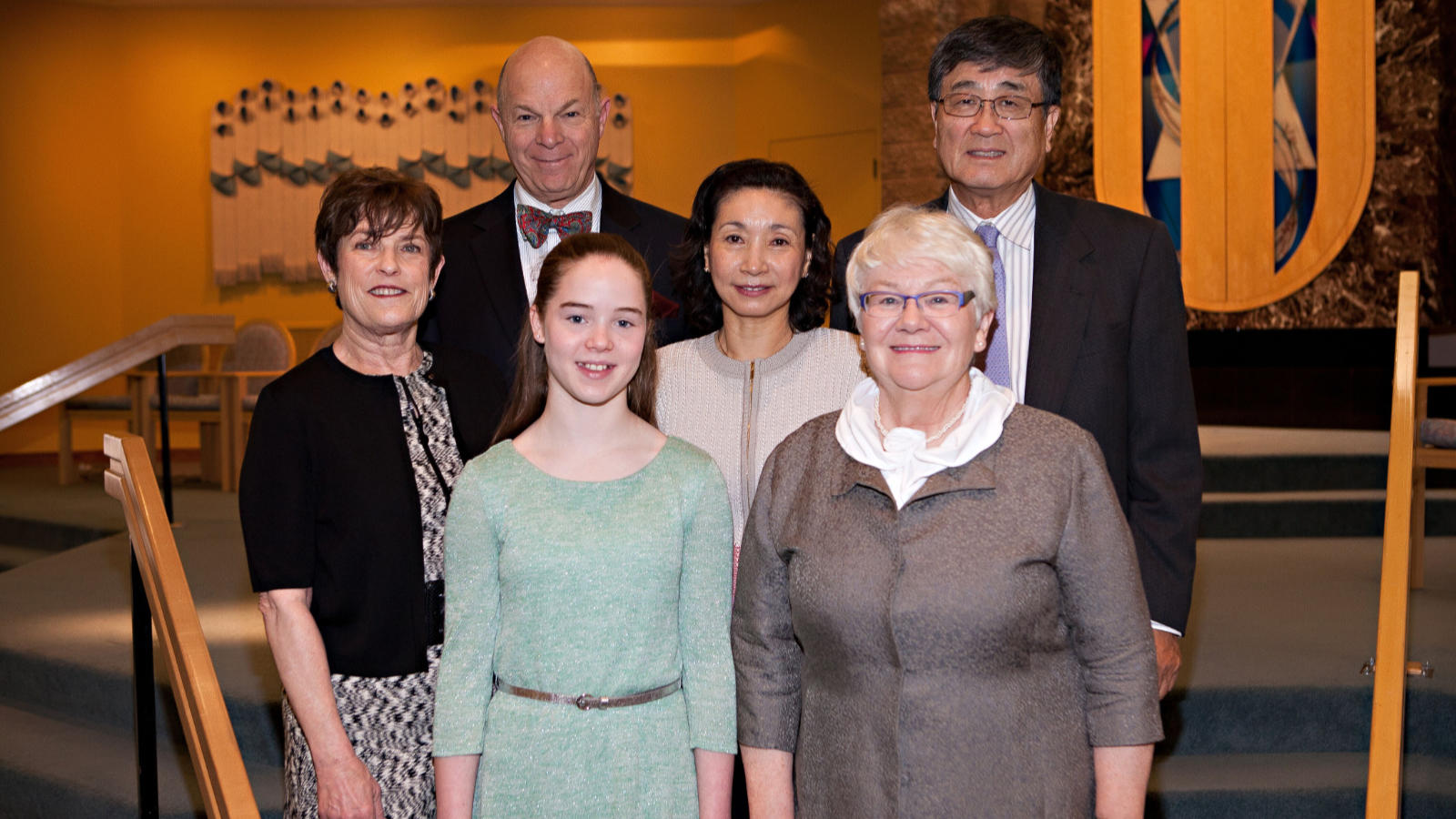Tema Smith is often mistaken for white, but this mixed-race Jew is proud of both her Bahamian and Ashkenazi roots. She is also one of a growing number of Jews of color who are making careers in the Jewish world. We met up with Smith to learn about her professional life and personal experience and to hear what advice she has for Jewish institutions.
Tell us about your job.
I am the Director of Community Engagement at Holy Blossom Temple in Toronto, Canada’s largest Reform congregation. Not only do I ensure that the basics of synagogue life, like becoming a member and connecting with the community, are smooth, but it is also my responsibility to keep the door wide open for prospective members. It also includes creating partnerships in the community and making connections more broadly.
How did you decide to become a Jewish professional?
I fell into this work. It was not a career path that I knew existed. I applied for my first synagogue job at another congregation because it seemed like a good fit for my skills and interests. I did not grow up in institutional Judaism and in retrospect, I think it was because institutional Judaism was not accessible to our family because we were interfaith and interracial. But I felt drawn to contribute and felt that I could help other “outsiders” who wanted to find their way in the organized Jewish community.
Tell us a bit about your background.
I am Toronto-born and raised. I am third generation Torontonian on my mother’s side. Her family originally came from Eastern Europe in the late teens and twenties. My father’s side is from the Bahamas, but he grew up in New York City. He is a person of African descent. I grew up in downtown Toronto, which was not a particularly Jewish part of the city at the time. I went to public school where I was often the only Jew in my class or even my grade. My mom’s family was not a synagogue or day school family. Judaism for us meant celebrating the major holidays. But I grew up with a strong cultural Jewish identity.
Does being mixed-race play into the work you do at Holy Blossom?
Being mixed-race has always given me a broader perspective on the work I do. I came into this work as someone who had only been an observer, and not as someone who grew up in the Jewish community, which has made me attuned to the experiences of those who are new to the community. As I mentioned before, the fact that we were not part of Toronto’s Jewish community had a lot to do with our family’s racial makeup. This makes me especially aware of the barriers to participation that people face and pushes me to work harder on inclusion, which is what we need to do to ensure the Jewish future as the demographics shift and we become more multicultural and multiracial. I find that my position as both an insider and outsider to Jewish life lets people open up to me. I am upfront about my identity, coming from both an interfaith and an interracial family. Because of that, I’ve noticed that it is not uncommon for people to share information about their lives that they are not sure the synagogue would welcome knowing, like their own faith journey or lack of observance.
Additionally, because I pass as a white Jew, I am able to walk into communal spaces and challenge some of the assumptions of who the Jewish community insiders are. My very existence often breaks down stereotypes of who we imagine to be a committed or engaged Jew.
Do you think change is happening when it comes to inclusion in Jewish life?
Change is happening, but it is both fast and slow. Organizations and institutions like mine are aware of the imperative of inclusion. We are committed to making sure that Jews no matter their background find meaning in Judaism. Obviously, as a synagogue, we hope they will find it here. We work hard to signal that we are open and inclusive. For example, in our marketing materials for young families, we made sure to include visuals of many types of Jewish families. Our department of membership, under the leadership of our board and our Senior Rabbi Yael Splansky, has created a task force so that our inclusive values are being considered across all aspects of congregational life. We have racially diverse families within our community and their numbers are growing.
 Other kinds of change are slower. Our community, as with most large Jewish communities, has not always been inclusive. We have to ensure that every member of the community, and not just the leadership, learns to demonstrate the values of inclusion. We also need to let people who have felt left out in the past know that we have been making and continue to make changes and that they are welcome here. These kinds of things take time.
Other kinds of change are slower. Our community, as with most large Jewish communities, has not always been inclusive. We have to ensure that every member of the community, and not just the leadership, learns to demonstrate the values of inclusion. We also need to let people who have felt left out in the past know that we have been making and continue to make changes and that they are welcome here. These kinds of things take time.
What do you like the most about working in the Jewish community?
I like that my professional life is an extension of my culture and my values. By being a Jewish professional, I am able to build towards a vision of Judaism that I wish would have existed for me and my family when I was growing up.
Do you come across a lot of other racially diverse Jews in the professional Jewish world?
It is a growing number. I’m really privileged that the Reform Movement has made inclusion a priority and that April Baskin, the VP for Audacious Hospitality, is a mixed-race Jew. Here in Toronto, I am fortunate to have Rivka Campbell as a colleague at City Shul. But I am definitely still a minority in Jewish life.
It’s also encouraging to see programs like the innovative Interfaith Families Jewish Engagement Certificate at Hebrew College, in which I was part of the inaugural cohort, dedicate course time to discussing and learning from Jews of color.
What advice would you have for congregations that are hoping to be more inclusive and welcoming to families like the one in which you grew up?
I have three pieces of advice:
- Remember that racially diverse Jews are not just people who come from far away places, but rather that they exist within our own communities and the numbers of racially diverse Jews are only going to increase with the broader changes in demographics that impact the Jewish community as well.
- Listen with respect and let racially diverse Jews share their stories at their own pace. Do not make assumptions about people’s Jewish backgrounds based on their looks.
- Engage organizations like Be’chol Lashon that are doing the research and training work to help you think things through in ways that recognize where you are coming from and where you want to go. Allow these organizations to help you identify your strengths and weaknesses to create a strategic path forward.







